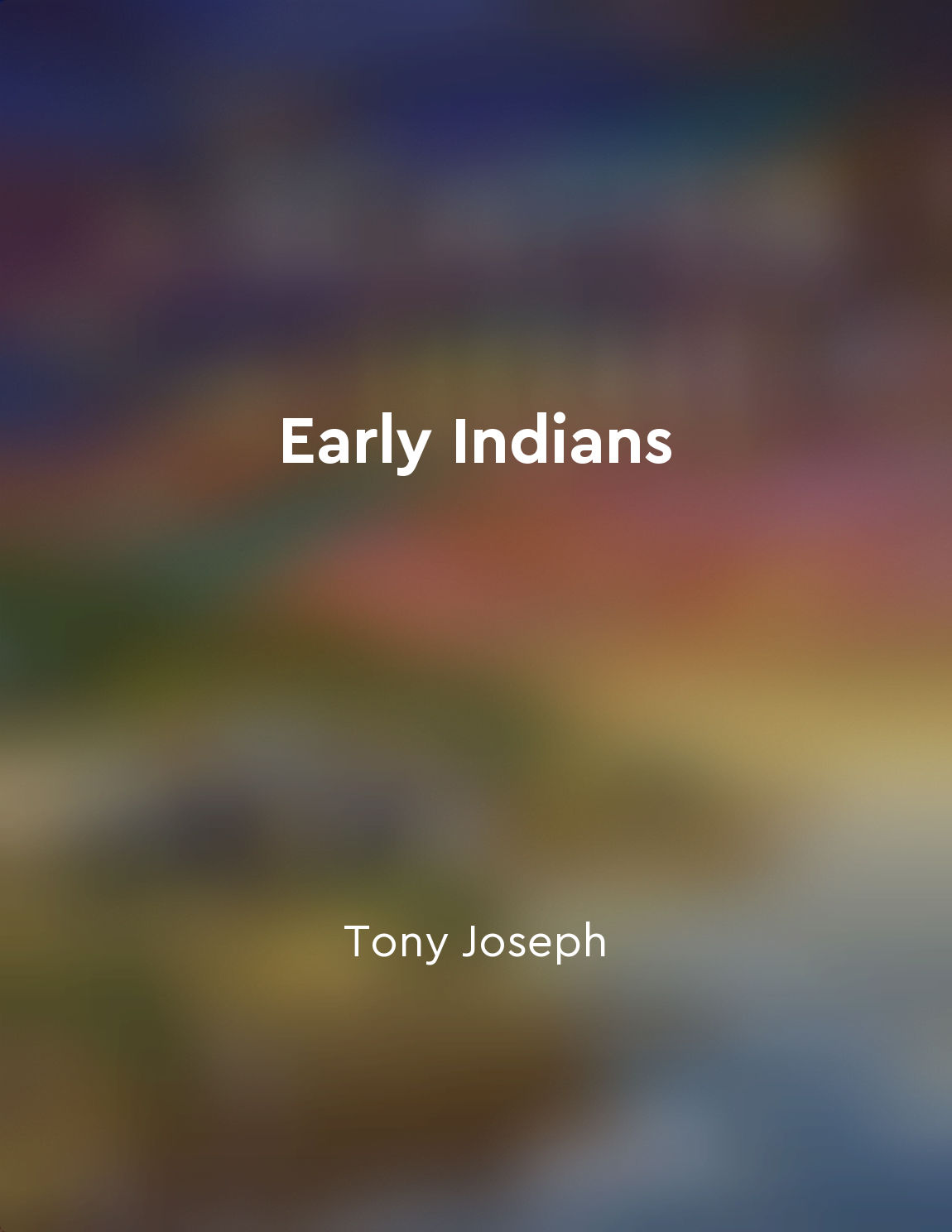Indian languages and dialects showcase linguistic diversity from "summary" of India: The Ancient Past by Burjor Avari
The linguistic landscape of India is as diverse and intricate as the country's cultural tapestry. With over 1,600 languages and dialects spoken across its vast expanse, India stands out as a prime example of linguistic diversity. These languages and dialects not only reflect the rich heritage and history of the subcontinent but also highlight the deep-rooted connections between different regions and communities. From the Dravidian languages of the south to the Indo-European languages of the north, each linguistic group in India has its own unique characteristics and features. The presence of multiple language families such as Sanskrit, Tamil, Telugu, Bengali, Punjabi, and many others, further underscores the complex nature of India's linguistic landscape. Moreover, the coexistence of major languages like Hindi, English, and Urdu alongside numerous regional languages adds another layer of diversity to the linguistic mosaic of India. The diversity of Indian languages and dialects is not limited to j...Similar Posts
Practice speaking Telugu in everyday situations
It is important to practice speaking Telugu in everyday situations in order to become fluent in the language. By using Telugu w...
The arrival of Islam marked a new era in Indian history
The impact of Islam on the history of India cannot be overstated. With its arrival came a significant shift in the religious, c...

Indian civilization a product of blending of diverse cultures
The Indian civilization did not pop up like a fully-formed entity out of thin air. It wasn't a monolithic structure built by a ...
The concept of gurushishya parampara emphasizes the importance of lineage in spiritual teachings
The transmission of spiritual knowledge from teacher to student is a sacred tradition in India known as gurushishya parampara. ...
